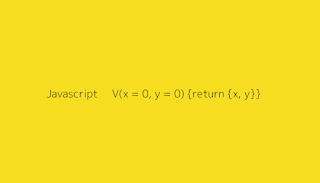Adding Gameover and introduction screen on HTML Canvas
Its been four days since my last status report. Ever since then I've been struggling trying to glue myself together and harness that for something gamedev. I've reorganized pretty much everything about the structure of the code by splitting chunks of it into bite sized modules wherever possible and apart from that I'm proud i brought my "404" and "Gameover" sketchings to life Am looking forward to implementing main characters of the game soon. And am yet to announce everything about gameplay publicly to everybody. Here's Progress so far And gameover screen



